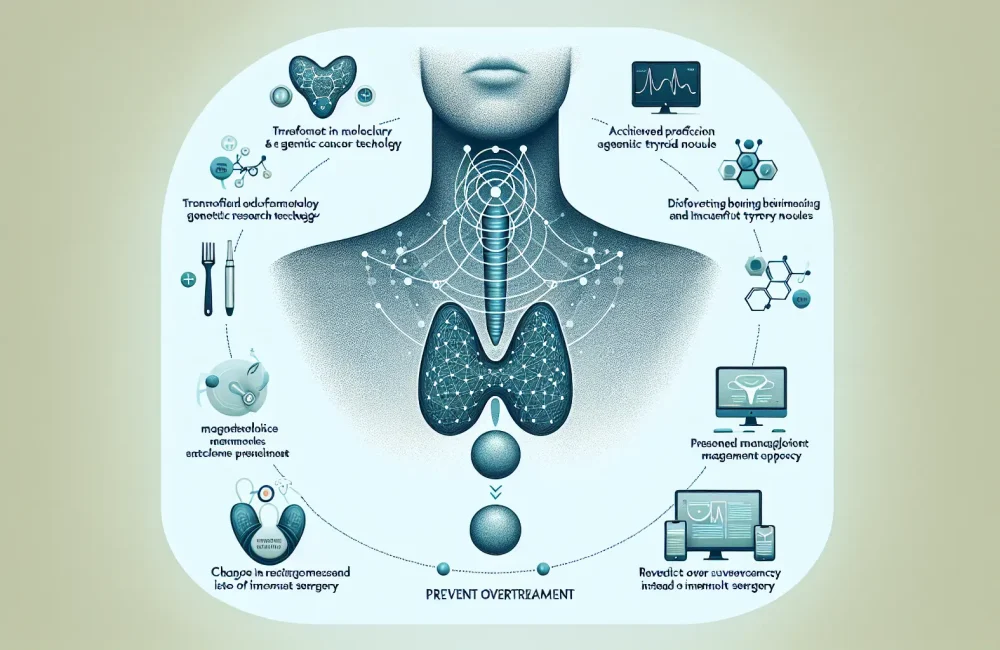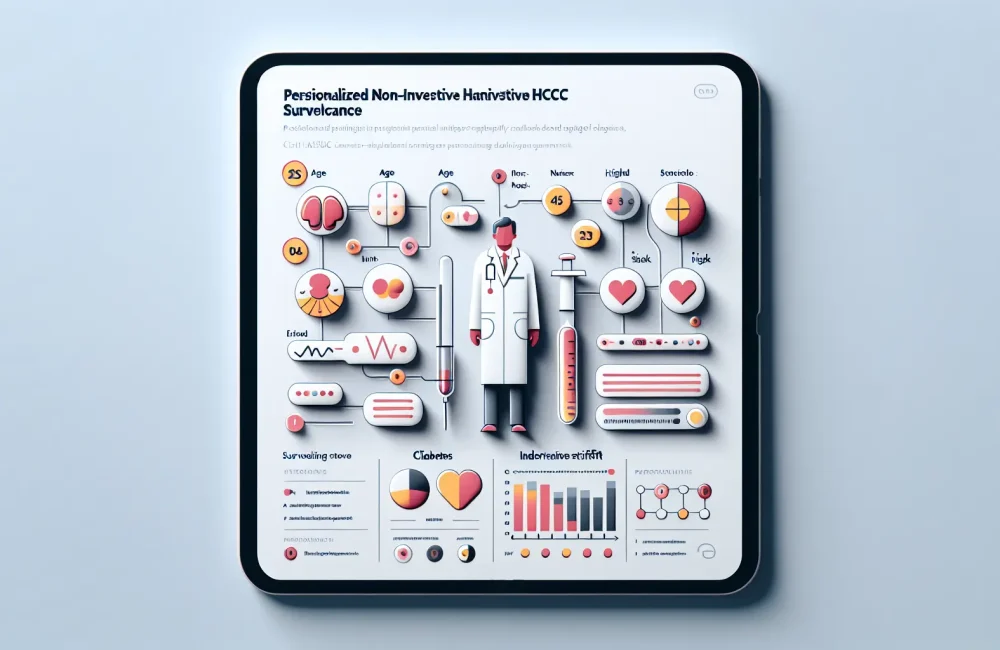By CAFMI AI From New England Journal of Medicine
Transforming Treatment Paradigms with Immunotherapy in HNSCC
The treatment of head and neck squamous cell carcinoma (HNSCC) is undergoing a significant transformation with the integration of immunotherapy into curative-intent strategies. Traditionally, management of HNSCC has relied on surgery, radiation therapy, and chemotherapy. However, the advent of immune checkpoint inhibitors, specifically those targeting the PD-1/PD-L1 pathway, has opened new avenues for improving patient outcomes. These agents have already demonstrated substantial survival benefits in recurrent and metastatic HNSCC, which has catalyzed efforts to incorporate them earlier in the disease course, aiming for potential cure rather than mere control. The underlying biological rationale centers on the capacity of immunotherapy to enhance antitumor immune responses by overcoming the immunosuppressive tumor microenvironment characteristic of HNSCC. This shift is grounded in robust clinical trial data showing improved long-term outcomes when immunotherapy is used in neoadjuvant (before surgery) and adjuvant (after surgery) settings, with promising reductions in recurrence rates. For clinicians, this represents a paradigm shift requiring familiarity with when and how to integrate immunotherapeutic agents alongside established treatments to optimize patient survival and quality of life.
Challenges and Advances in Clinical Application and Patient Management
Despite these encouraging advances, several challenges remain in the clinical application of immunotherapy in curative-intent HNSCC treatment. One critical aspect is patient selection, as not all individuals derive benefit from immune checkpoint inhibitors. Biomarkers such as PD-L1 expression levels are under investigation to better predict response and personalize treatment plans. Additionally, immune-related adverse events (irAEs) pose management challenges necessitating careful monitoring and timely intervention to minimize toxicity and treatment interruptions. Another practical consideration involves determining the optimal sequencing and combination of immunotherapy with surgery, radiation, and chemotherapy. Emerging evidence suggests that neoadjuvant immunotherapy may prime the immune system to better eradicate micrometastatic disease, while adjuvant therapy can consolidate the antitumor immune response post-surgery. Clinicians must stay abreast of evolving guidelines and clinical trial results to tailor these multimodal strategies effectively. Furthermore, comprehensive patient counseling regarding expectations, potential side effects, and the importance of follow-up care is essential to support adherence and enhance overall outcomes in real-world oncology practice.
Future Directions and Clinical Implications for Practice
Looking ahead, the future of HNSCC treatment lies in refining immunotherapeutic approaches and expanding the arsenal of agents beyond PD-1/PD-L1 inhibitors. Novel combinations with other immune modulators, targeted therapies, and innovative delivery platforms are under active investigation to further potentiate antitumor immunity. Research focused on understanding tumor-immune interactions at a molecular level will inform biomarker development and the personalization of therapy, enabling clinicians to identify patients who are most likely to benefit. Additionally, integrating immunotherapy into primary care workflows and survivorship plans will be critical for early detection of recurrence and management of long-term treatment sequelae. From a guideline perspective, ongoing clinical trials and consensus statements will help define standardized protocols for incorporating immunotherapy into curative-intent treatment algorithms. Ultimately, leveraging immunotherapy to transform the curative landscape of head and neck cancer holds promise for improving survival rates and reducing disease burden, marking a new era in oncologic care that is patient-centered, precise, and dynamic.
Read The Original Publication Here






